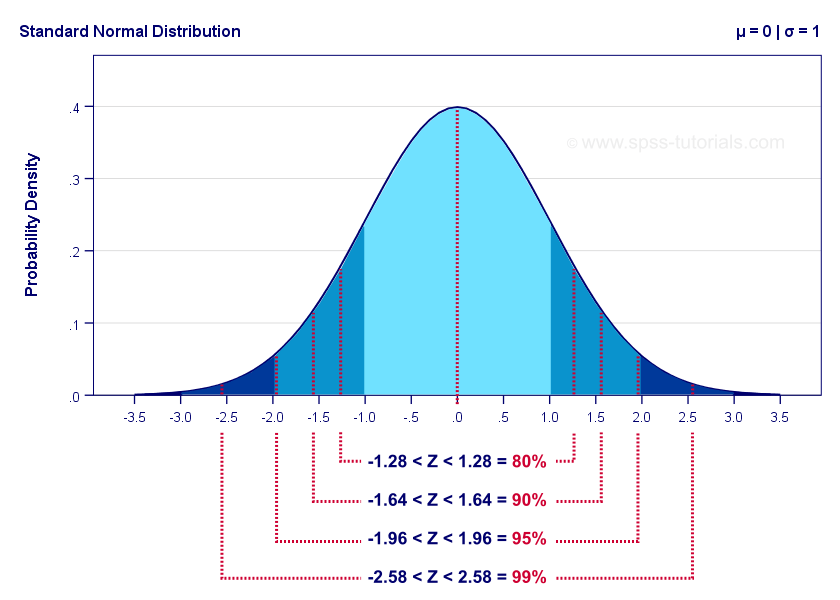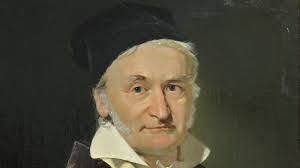Voluntary contributions will go to the nonprofit website for its maintenance and development costs.
Voluntary contributions will go to the nonprofit website for its maintenance and development costs.
In this site I offer visitors a way of learning statistics by doing statistics. By this method, the student learns statistics step by step, incorporating knowledge and solving real word problems as she and he acquire new techniques.
To aid this process, I explain in detail fundamental statistical tests / techniques / theories, and present their objectives, advantages, key ideas, and how they were developed, using published scientific articles and their collected data. Often proofs of theorems and detailed explanations are offered in pop-up boxes, which can be skipped, if the proofs are known or not of great interest. To help the visitor focus on subjects relevant to a research question, I use keywords linked with articles that fully explain and elaborate them. All calculations, tests, graphs, and programming are performed with R and RStudio.
The learning principles of the site are:

Emphasizing the importance of writing RStudio functions and simple algorithms because apparently computer-based instructions help students learn basic statistics concepts.
Using of the key terms of each statistical unit with no abbreviations because the full and explicit use of words crystallizes the essence of these concepts.
Using of the key terms of each statistical unit with no abbreviations because the full and explicit use of words crystallizes the essence of these concepts.
Using of the key terms of each statistical unit with no abbreviations because the full and explicit use of words crystallizes the essence of these concepts.
I wish the site will reveal to the visitors the rigor and potential of statistics.

by Christine Apostolopoulou

Johan Carl Friedrich Gauss (1777-1855) was a German mathematician and physicist. He was the child prodigy of an illiterate mother and a working-class father. Gauss is considered as one of the greatest mathematicians of all time because he made significant contributions to statistics and many more scientific fields.

The normal distribution is the most important distribution in statistics since it fits a plethora of natural and chance phenomena. Some examples: height, weight, blood pressure, birthweight, the weights of a large number of snowflakes, the strength of bones in wildebeests, the number of people in a society over a big time period who are more likely to become alcoholics…